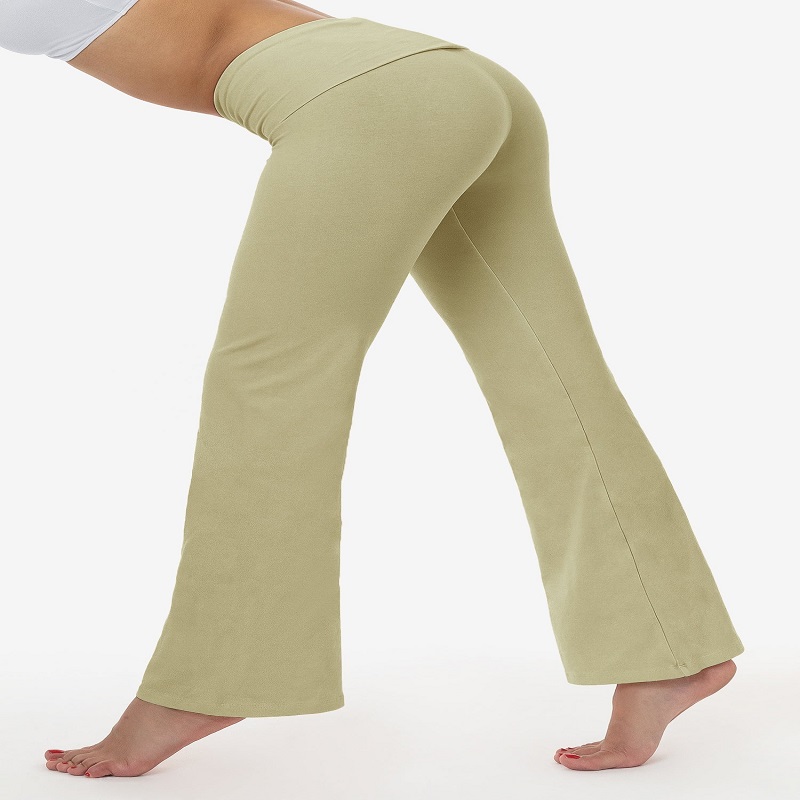In today’s world of athleisure wear, leggings vs yoga pants have become staple items in many people’s wardrobes. While these two types of garments may seem similar at first glance, there are some key differences between them. Understanding these differences can help individuals make informed decisions about which type of garment is best suited for their needs. In this article, we will explore the distinctions between leggings and yoga pants, shedding light on their unique characteristics and uses.
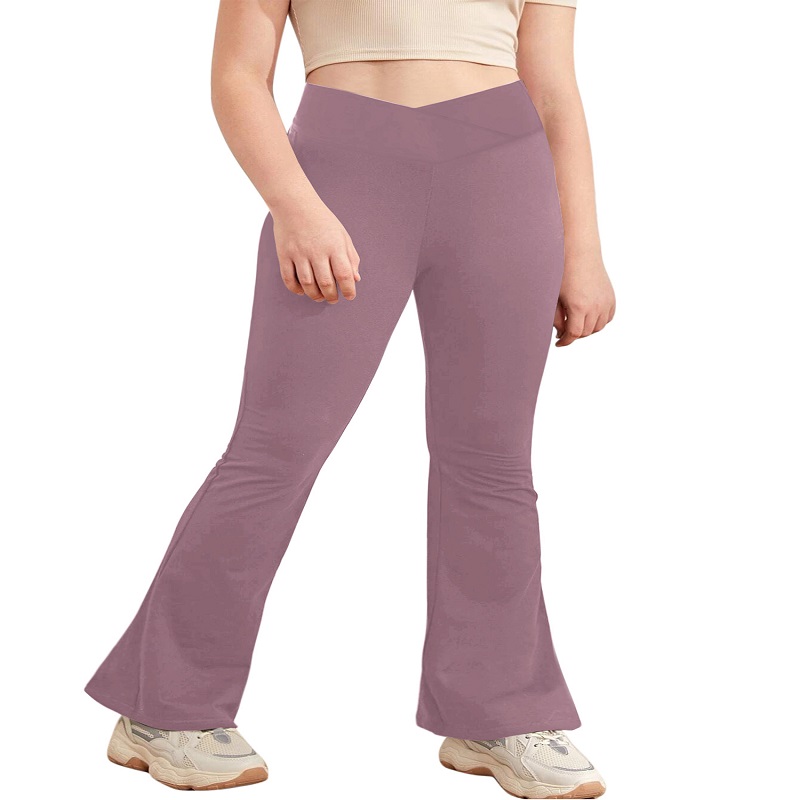
Fabric and Construction
One of the primary differences between leggings and yoga pants lies in their fabric and construction. Leggings are typically made from a stretchy and form-fitting material such as spandex, nylon, or cotton. They are designed to be snug and contour the body closely, providing a sleek and streamlined look. In contrast, yoga pants are constructed from a blend of materials that offer both flexibility and breathability. They often feature a slightly looser fit than 2xu leggings, with a flare or bootcut at the bottom for ease of movement during yoga practice.
Functionality and Use
While both leggings and yoga pants are designed for physical activity, they are intended for slightly different purposes. Leggings are well-suited for activities such as running, cycling, or weight training, where a close and compressed fit is beneficial. They provide excellent support and allow for a full range of motion, making them a popular choice for high-intensity workouts. On the other hand, yoga pants are specifically tailored for yoga practice, hence their name. Their looser fit and breathable fabric make them ideal for the fluid movements and stretching involved in yoga, ensuring comfort and freedom of movement.
Style and Aesthetic
In terms of style and aesthetic, leggings and yoga pants also differ in their appearance. Leggings are known for their sleek and body-hugging silhouette, often featuring bold patterns, colors, or textured designs. They are versatile and can be worn as standalone bottoms or layered under dresses and tunics. On the other hand, yoga pants have a more relaxed and casual look, with a wider and flared leg opening. They are often solid in color and may feature a fold-over waistband for added comfort. While both garments can be fashionable and stylish, their distinct designs cater to different preferences and occasions.
Durability and Performance
Another important factor to consider when comparing leggings and yoga pants is their durability and performance. Leggings, due to their snug fit and elasticity, are less prone to sagging or losing their shape over time. They maintain their compression and support, making them long-lasting and resilient. On the other hand, yoga pants are designed to withstand the demands of various yoga poses and stretches, requiring durable seams and fabric to accommodate these movements. Their breathable and moisture-wicking properties also contribute to their performance during physical activity.
Versatility and Versatility
When it comes to versatility, legging outfits for work and yoga pants offer different options for styling and wear. Leggings are incredibly versatile, allowing for a wide range of outfit combinations. They can be paired with athletic tops for workouts, dressed up with tunics for casual wear, or layered under skirts for a trendy look. Yoga pants, while primarily designed for yoga practice, can also be worn for low-impact activities or lounging. Their relaxed fit and comfortable design make them suitable for everyday wear, especially for individuals who prioritize comfort and ease of movement.
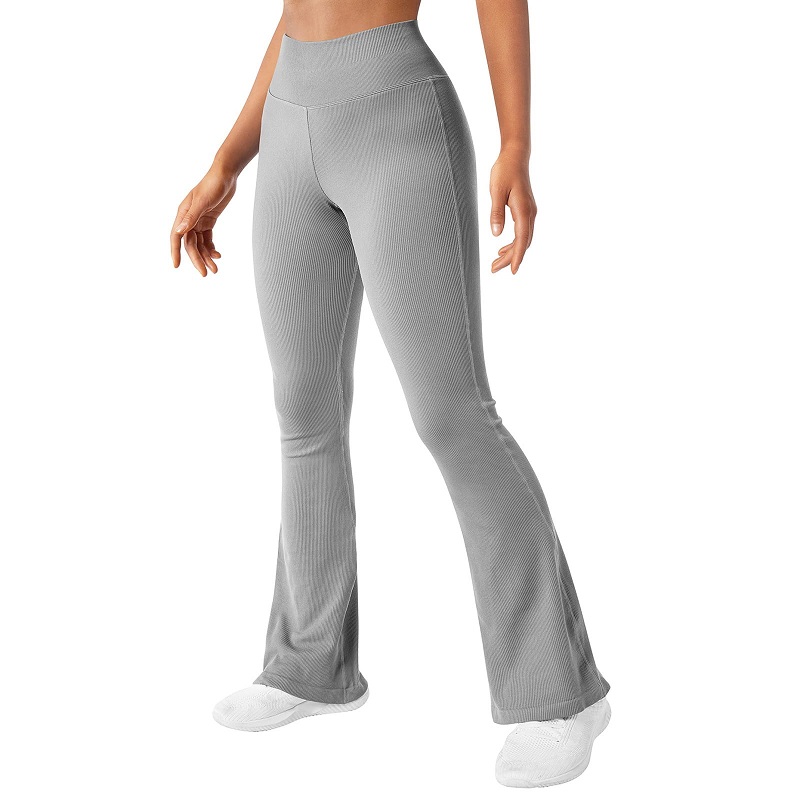
How to choose yoga pants
Yoga has become one of the most popular forms of exercise in recent years, and with that popularity has come a wide array of yoga apparel on the market. Choosing the perfect pair of yoga pants can be overwhelming with so many options available. However, with a few key considerations in mind, you can select the best yoga pants for your practice.
Understanding the Different Fabrics
One of the first things to consider when choosing yoga pants is the fabric. The fabric of your yoga pants can greatly affect your comfort and performance during your yoga practice. Here are some of the most common fabrics used in yoga pants:
- Cotton: Cotton yoga pants are soft and breathable, making them a popular choice for many practitioners. However, cotton tends to absorb sweat and can become heavy and clingy during a vigorous practice.
- Nylon: Nylon is a popular choice for yoga pants because it is lightweight, moisture-wicking, and quick-drying. This fabric is great for intense yoga sessions as it provides support and flexibility.
- Spandex: Spandex is a stretchy, form-fitting fabric that is often mixed with other materials, such as nylon or polyester, to create comfortable and flexible yoga pants.
- Polyester: Polyester is a durable and lightweight fabric that is commonly used in yoga pants. It is moisture-wicking and dries quickly, making it ideal for hot yoga or intense workouts.
Finding the Perfect Fit
Finding the right fit is crucial when choosing yoga pants. The last thing you want during your practice is to constantly adjust your pants or feel constricted. Here are some factors to consider when evaluating the fit of yoga pants:
- Waistband: The waistband of your yoga pants should feel secure and comfortable. High-waisted pants are popular for yoga as they provide extra coverage and support during various poses.
- Inseam: The length of the inseam can greatly affect the fit of yoga pants. Some people prefer full-length pants, while others may opt for a capri or knee-length style. Choose a length that allows for unrestricted movement and comfort.
- Compression: Some yoga pants offer compression qualities, which can provide support and muscle stabilization during more intense practices. Consider your comfort level with compression when choosing yoga pants.
- Mobility: When trying on yoga pants, be sure to move around in them to ensure they provide enough flexibility for your practice. Look for pants that allow for full range of motion without feeling too loose or too tight.
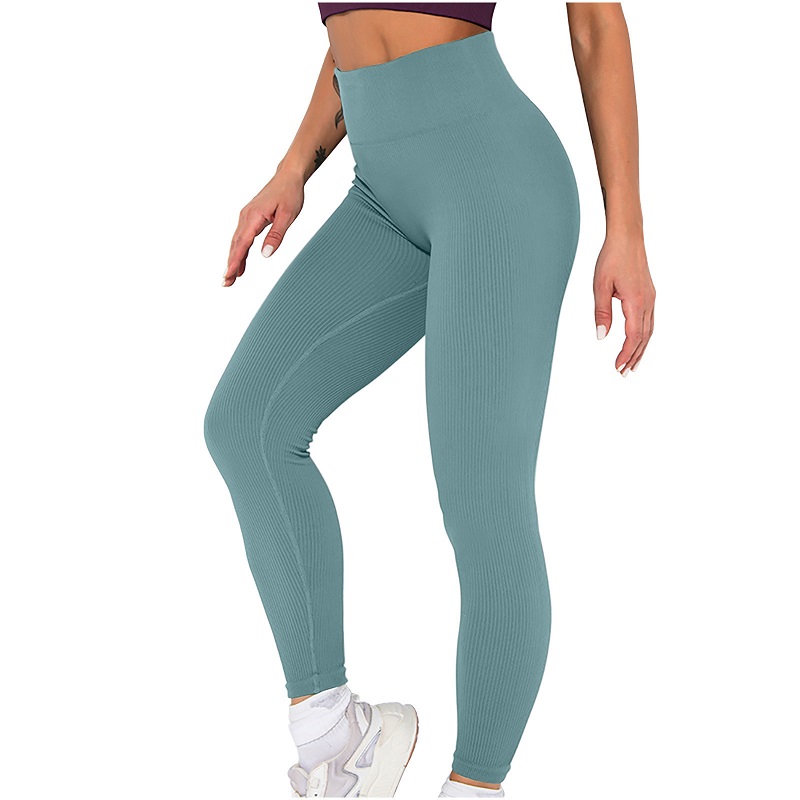
Style and Aesthetic
While comfort and performance are essential, style and aesthetic are also important considerations when choosing yoga pants. There are countless styles and designs available, so it’s essential to choose a pair of yoga pants that reflects your personal taste and makes you feel confident during your practice. Whether you prefer solid colors, bold prints, or unique textures, there are yoga pants to suit every style.
Some popular style features to consider include:
- Pocket options: Some yoga pants offer convenient pockets for storing keys, cards, or other small items during your practice.
- Detailing: Look for yoga pants with interesting detailing like mesh panels, cutouts, or decorative stitching. These added features can add a fun and stylish touch to your yoga attire.
- Color and pattern: Whether you opt for classic black yoga pants or vibrant, printed styles, choose a color or pattern that makes you feel inspired and motivated in your practice.
- Versatility: Consider if you’d like your yoga pants to double as everyday wear. Some yoga pants are designed to be stylish enough for running errands or meeting friends for a casual outing.
Final Tips for Choosing Yoga Pants
When choosing yoga pants, there are a few final tips to keep in mind to help you make the best decision:
- Quality: Invest in high-quality yoga pants that are durable and will stand the test of time. Quality construction and materials will ensure that your yoga pants hold up through countless practices.
- Price: While it’s important to invest in quality yoga pants, you don’t have to break the bank. There are many affordable options on the market that offer both comfort and performance.
- Trial and error: It may take some trial and error to find your perfect pair of yoga pants. Don’t be afraid to try on different styles, brands, and fabrics to find what works best for you.
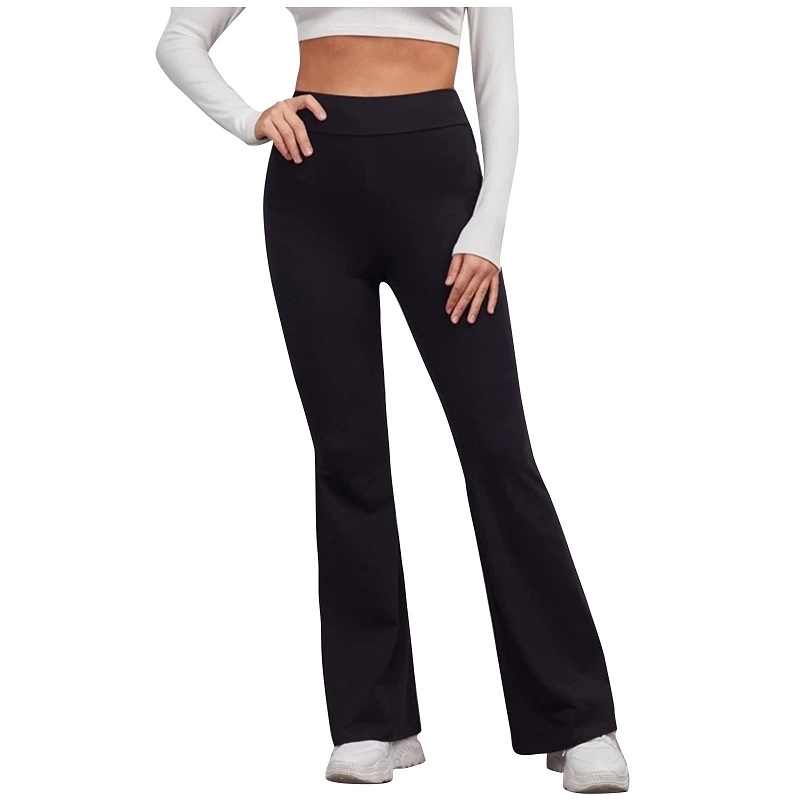
Conclusion
In conclusion, while leggings and yoga pants share similarities in their athletic and comfortable nature, they also possess distinctive features that set them apart. Understanding the differences in fabric, construction, functionality, style, durability, and versatility can help consumers make informed decisions when choosing between the two. Whether it’s for high-intensity workouts, yoga practice, or everyday wear, selecting the right type of garment can enhance both comfort and performance. By appreciating the unique characteristics of comfortable leggings and yoga pants, individuals can confidently embrace their preferred style and experience the benefits of these versatile wardrobe essentials.
